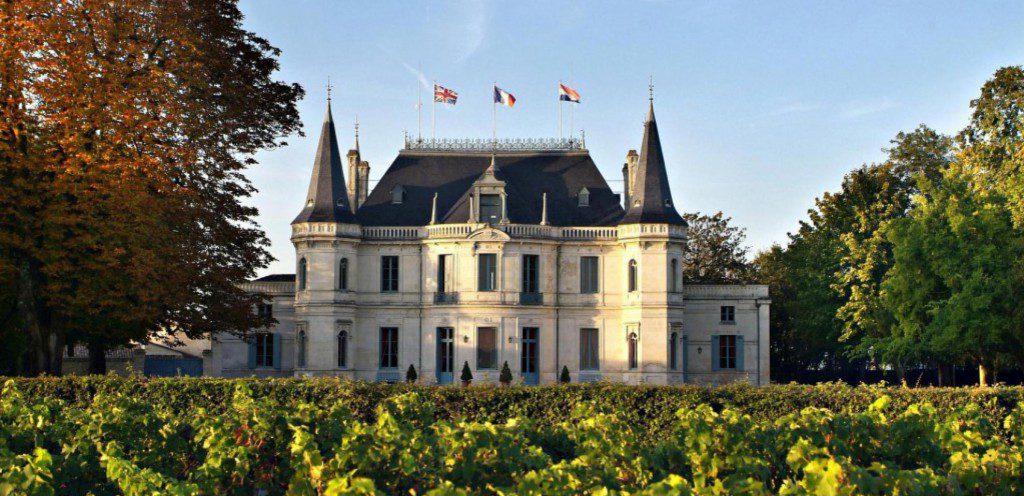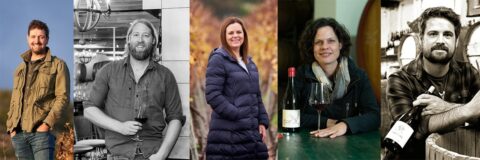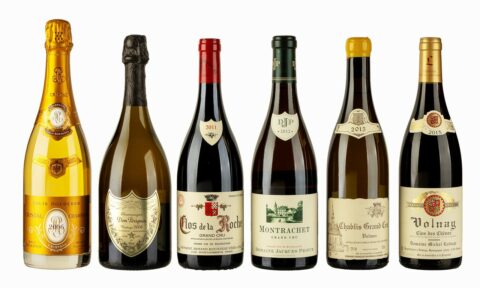Financial Mail Travel PR
A Study In Bordeaux
It is with a sense of inevitability that we have arrived here. Well not here, North of here, at the subject of Bordeaux. You might ask why it has taken us this long and to be frank, Bordeaux is complicated, we had to take some time.
Despite the complexity of the classifications, the different vineyards, communes, blends and titles, it is almost a given that even people outside the wine industry know the names of Bordeaux’s First Growths – Lafite, Latour, Margaux, Haut-Brion and Mouton – the Big Five. Those names inspire a kind of automatic reverence, as if in our shared consciousness their legacy reverberates and we sense that we should know. Not to mention Château d’Yquem, the only Premier Cru Superieur, hailed by Thomas Jefferson as “the best white wine of France”, located in the commune of Sauternes (by no means an afterthought but its initial inclusion would have ruined our big five reference).
Bordeaux is the historic winemaking region (if not the oldest, well then definitely the most publicised), having started producing wine somewhere after 43 AD by most accounts. It is situated around the Gironde estuary in Southwest France, where the Garonne and the Dordogne rivers converge and flow into the Atlantic Ocean. Now here is what we know geographically: The moderate, maritime climate with its long, warm autumns provide the perfect growing conditions for Cabernet Sauvignon and Merlot grapes. You will often hear the area categorised by its right and left bank, which, because of their various geographical advantages each favour a specific varietal. In very general terms the right is known for its Merlot and the left for its Cabernet Sauvignon; often finding their best expression as the dominant varietal in a traditional Bordeaux blend. Other grapes permitted in a red Bordeaux blend include Cabernet Franc, Petit Verdot, Malbec and sometimes Carménère (which we quite enjoy on its own). White Bordeaux blends are mostly made up of Sémillon, Sauvignon blanc and Muscadelle – the 80:20 Sémillon/Sauvignon blend being our favourite.
The Bordeaux Classification of 1855, which was commissioned by Napoleon in order to showcase France’s best wines during the Exposition Universelle 1855 in Paris; classified the wines into first, second, third, fourth and fifth growths. These select vineyards have since become the rockstars of the wine buying world, reaching incredible prices and gracing the cellars of the most avid wine collectors worldwide. Owning a bottle of Margaux, while not only a wine of incredible depth and precision has become a status symbol. The story has become MORE than the wine and rightly so. Up to date the classification only represents 60 Châteaus out of the more than 8000 Châteaus in and around Bordeaux. Given the fact that the Classification has only changed twice in its existence (once in 1856 and once in 1973), we’re going to wager that you might find Bordeaux wines of equal quality, that might lack the distinction and price tag afforded a Bordeaux Classification growth, but still allows you to partake of a little part of the fabled Bordeaux terroir.
With that in mind, we’re offering you a selection of Premiers, Deuxièmes, Troisièmes, Quatrèmes and Cinquièmes Crus as well as the unclassified, open-to-discovery Bordeaux wines.






 Sign-up and receive the Business Media MAGS newsletter OR SA Mining newsletter straight to your inbox.
Sign-up and receive the Business Media MAGS newsletter OR SA Mining newsletter straight to your inbox.